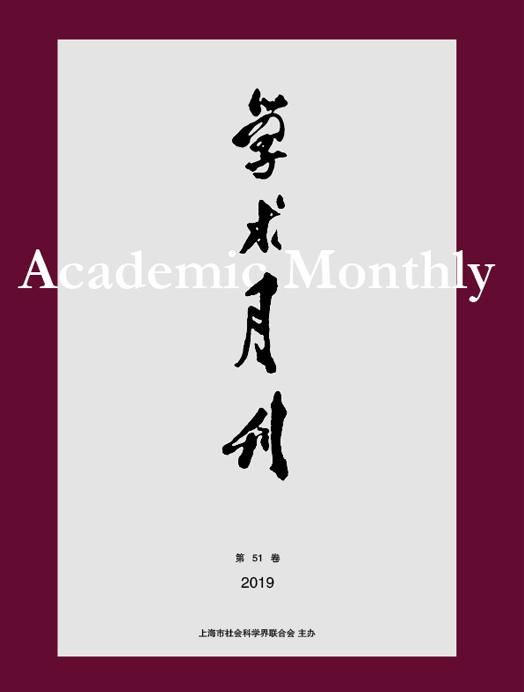Citation:
Pingliang LI. The New-style Associations and the Evolution of the Power Structure of Rural Society in Late Qing and the Early Republic[J]. Academic Monthly, 2022, 54(8): 175-186.

The New-style Associations and the Evolution of the Power Structure of Rural Society in Late Qing and the Early Republic
-
Abstract
From the late Ming Dynasty to the late Qing Dynasty, civil society organizations such as clans, Yicang (“义仓”), and Wenhui (“文会”) formed the power network of rural society. At the end of the Qing Dynasty and the beginning of the Republic of China, the “New Deal” led to the rise of new associations such as education associations, chambers of commerce, and self-government associations. Driven by the rural elites, the new-style associations not only became a new source of power in rural society by virtue of their status as auxiliary officials, but also absorbed civil society organizations and realized comprehensive intervention and control over rural society. The formation of the rural power structure centered on new-style associations, and the blending and conflict between new-style associations and civil society organizations, reflect the continuity and complexity of the transition from traditional Chinese society to a modern state.
-

-
References
-
Access
-
-
[1]
Yubing ZHAN
. Traditional Factors in Chinese Detective Stories in Late Qing and the Early Republic of China. Academic Monthly,
2021, 53(9): 168-176.
-
[2]
Lei ZHANG
. Great Tradition: A Dream in Red Mansions and the Novels in Late Qing and the Early Republic of China. Academic Monthly,
2019, 51(9): 133-142.
-
[3]
. . Academic Monthly,
2017, 49(06): 173-177.
-
[4]
. . Academic Monthly,
2017, 49(08): 159-169.
-
[5]
. . Academic Monthly,
2018, 50(01): 5-28.
-
[6]
. . Academic Monthly,
2017, 49(09): 109-110.
-
[7]
. . Academic Monthly,
2018, 50(02): -.
-
[8]
. . Academic Monthly,
2018, 50(02): 161-171.
-
[9]
Aohan LI
, Yinchi CHEN
. The Capital Society and the Transition of Wu Gentry in the Southern Dynasties. Academic Monthly,
2021, 53(5): 154-164.
-
[10]
LUO Jing
. Disorder of Social Compensation: A Moral Paradox in Healthcare Transformation. Academic Monthly,
2023, 55(10): 125-136.
-
[11]
Tianyu QIAO
, Jinglin XIANG
. The Underlying Logics of Digital Transformation of Social Governance. Academic Monthly,
2022, 54(2): 131-139.
-
[12]
. . Academic Monthly,
2020, 52(8): 5-15.
-
[13]
. . Academic Monthly,
2019, 51(2): 1-1.
-
[14]
Ping CHEN
, Xianliang FENG
. From Economic History to Cultural History: A Review on Issues of Traditional Jiangnan Studies. Academic Monthly,
2020, 52(6): 148-161, 178.
-
[15]
,
. . Academic Monthly,
2016, 48(01): 31-37.
-
[16]
Danli WANG
. The Adaptation, Obstruction and Evolution of China’s Traditional Culture in Modern Economic Growth. Academic Monthly,
2023, 55(3): 58-66.
-
[17]
Yuefei WU
, Jun WEN
. Going back to “Good Society”: Rebuilding “Needs-based” Normative Sociology. Academic Monthly,
2022, 54(2): 113-130.
-
[18]
. . Academic Monthly,
2017, 49(07): 157-164.
-
[19]
LI Youmei
. New Public Nature and Paradigm Innovation of Theory of Chinese Society Transformation. Academic Monthly,
2024, 56(2): 5-20.
-
[20]
ZHAO Jing
. . Academic Monthly,
2018, 50(9): 149-161.
-
-



 沪公网安备 31010102003103号
沪公网安备 31010102003103号 DownLoad:
DownLoad: